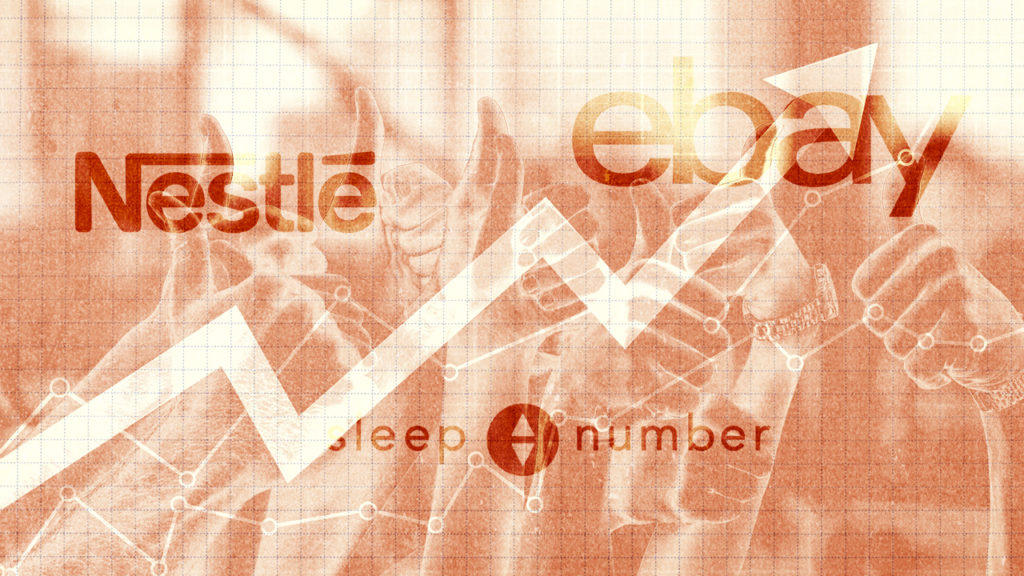Sleep Number, eBay and Nestle exhibit the most “brand-safe” behavior, according to MediaRadar in a report made available to AList. Cutting programmatic spending while increasing direct placement, the company asserted, grants these and other brands more control over where advertisements are seen.
MediaRadar observed the spending behavior of major digital advertisers that spent at least $1 million on both direct and programmatic placements between 2017 and 2018. Approximately one-third of these advertisers reduced their programmatic ad spend in 2018 while increasing their spend on direct placements year-over-year (YoY).
Sleep Number was observed as having the most “brand safe” behavior. The mattress brand reduced programmatic ad spend by 74 percent while raising direct placement spending by 99 percent YoY.
EBay came in at number two on the list with a 66 percent reduction in programmatic and 100 percent increase in direct placement YoY.
Confectioner Nestle cut programmatic by 57 percent YoY and spent 39 percent more on direct. While Royal Caribbean Cruises cut its programmatic by nearly half, it increased direct placement spending by an impressive 257 percent YoY between 2017-2018.
The Top 10 “Brand Safe” Digital Brands
- Sleep Number (-74/+99)*
- eBay (-66/+100)
- Nestle (-57/+30)
- Kellogg (-55/+59)
- Lions Gate Entertainment (-54/+88)
- Walmart (-52/+57)
- Spotify (-52/+15)
- Gap (-52/+25)
- Honda (-50/+55)
- Royal Caribbean Cruises (-48/+257)
* (percent of programmatic/direct placement change 2017-2018 YoY)
Direct placement spend was especially common among toiletry and cosmetics, increasing by 126 percent and cutting programmatic by 21 percent YoY. This trend was followed by children’s brands and automotive companies, which increased direct placement spend by 121 percent and 54 percent, respectively.
Not everyone followed this pattern. The athletics industry increased programmatic spend YoY by 70 percent, MediaRadar observed. Professional services also spent more on programmatic with a 45 increase YoY, as did the financial and real estate industries by 27 percent.
In a 2018 poll of advertisers by Oath and Advertiser Perceptions, nearly all (99 percent) of respondents said they were concerned about brand safety. Eliminating programmatic may not also be the solution of choice, however. Sometimes if you want something done right, you have to do it yourself.
According to recent data by the IAB Data Center of Excellence, 44 percent of marketers predicted both better audience targeting and more effective campaigns as rewards for bringing programmatic in-house.
Predictions on how much companies will spend on programmatic vary. Zenith predicts that programmatic ad value will reach $84.9 billion in 2019. EMarketer, meanwhile, predicted that total programmatic ad spend would be around $46 billion in the US last year.

